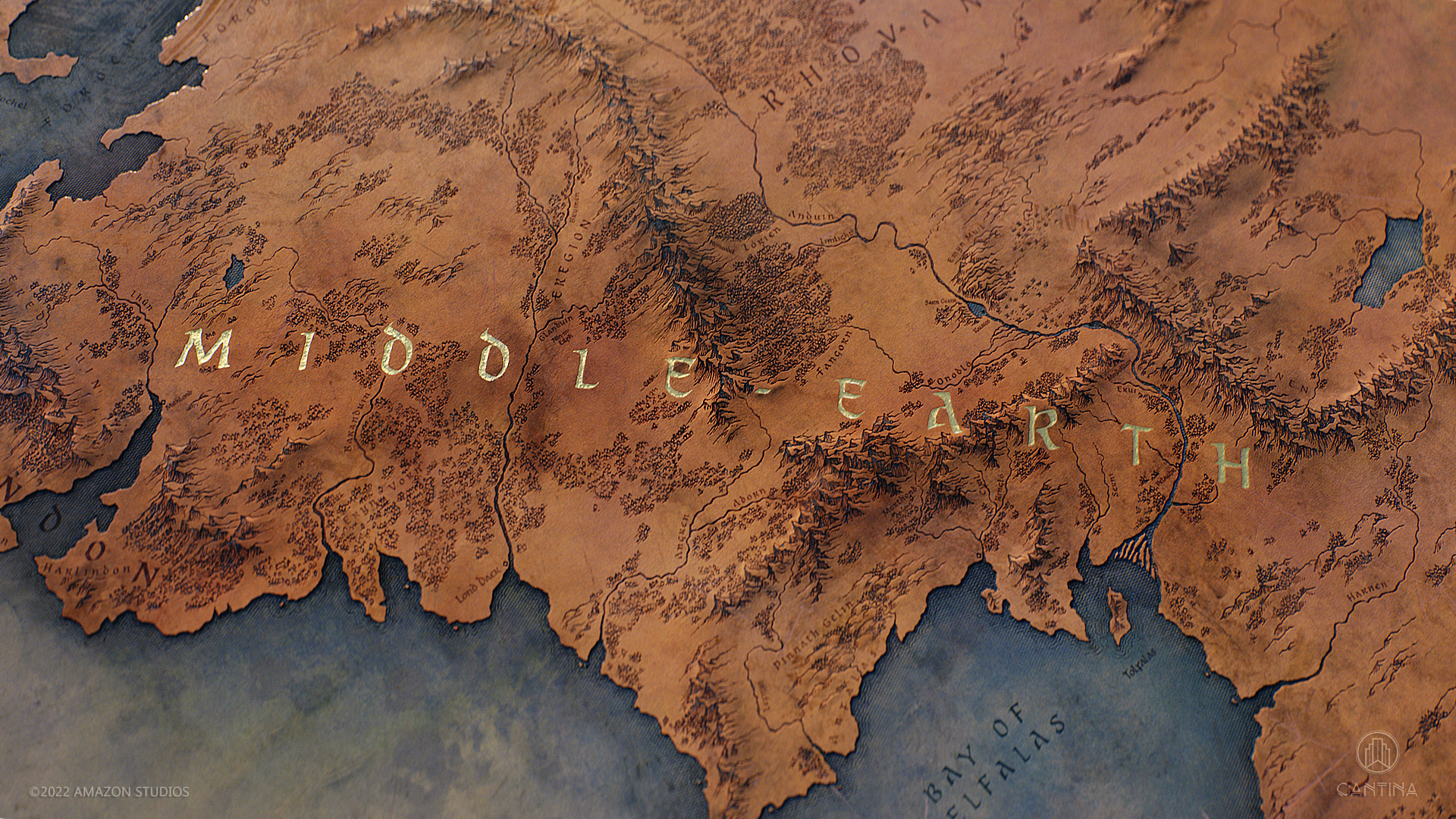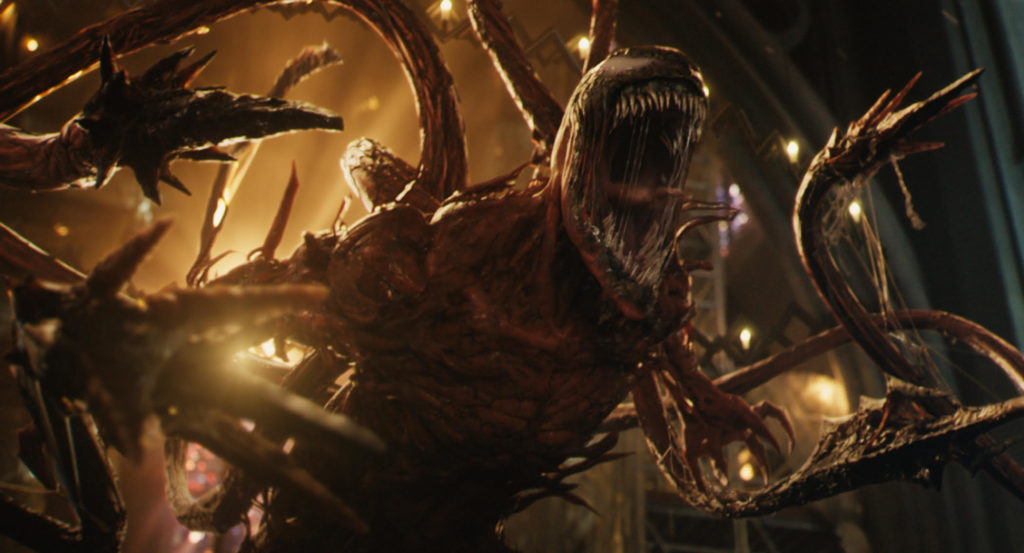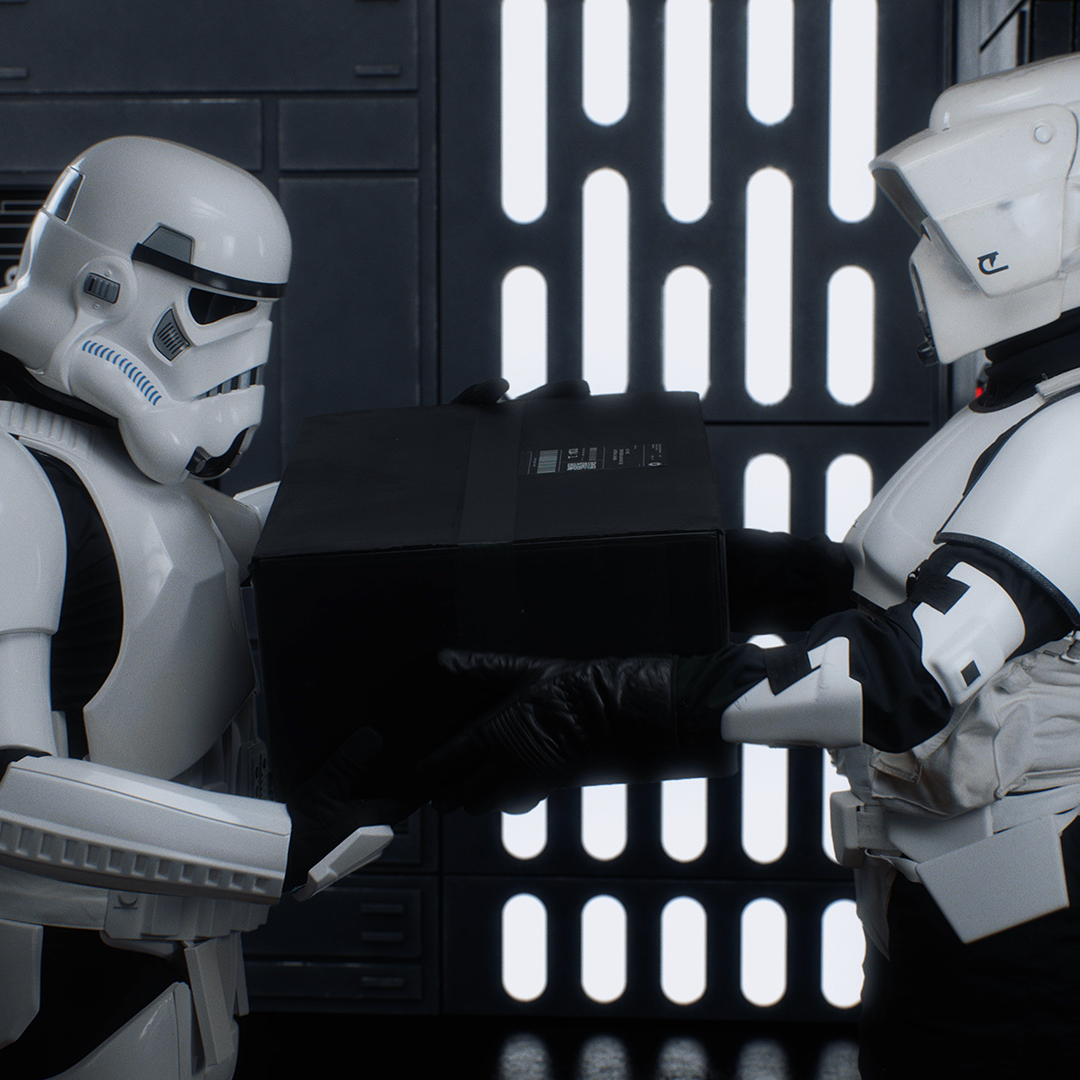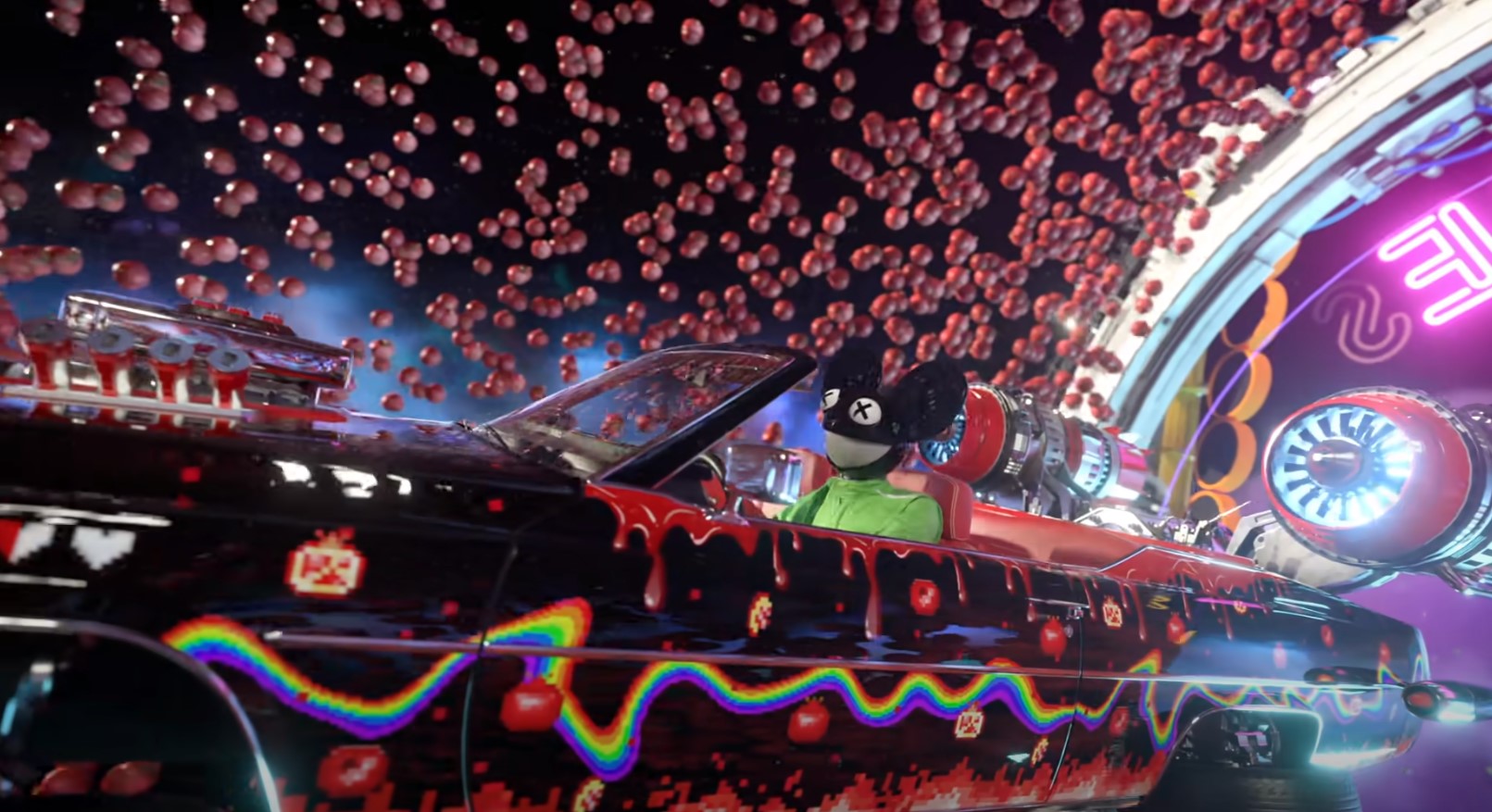
A behind-the-scenes look at the making of Deadmau5 and the Neptunes’ music video, “Pomegranate.”
By Meleah Maynard
Toronto-based director/animator Nick DenBoer has been collaborating with electronic music producer and musician Joel Zimmerman (aka Deadmau5) for years. It’s an odd pairing in some ways—Deadmau5 (pronounced dead mouse) is internationally recognized for his original, well-engineered sound and straight-talking demeanor. DenBoer (aka Smearballs) is known for being uniquely talented at making super weird stuff, including some surreal branding for KFC. “Pomegranate” is the duo’s third music video collaboration and, as you might expect if you’ve seen The Chickening —DenBoer’s parody of The Shining—the visuals he created to go with Deadmau5’s catchy lyrics are not typical love song fare. Made with Cinema 4D, After Effects and Octane, the fully CG video features The Neptunes (aka Pharrell Williams and Chad Hugo) and includes a galactic car race and an alternate pomegranate dimension.
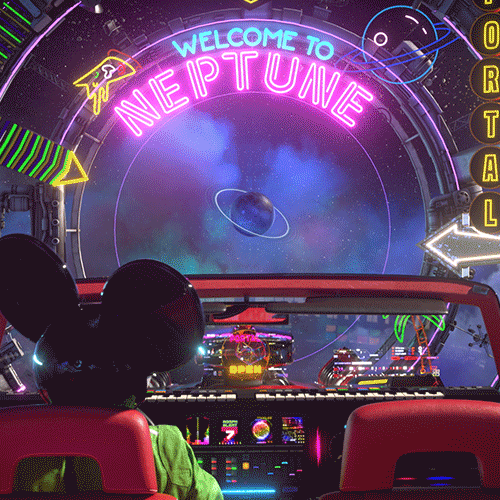
DenBoer made the video in just two months while on lockdown during the coronavirus quarantine. In all, he figures he spent about 700 hours on the project, often working 12 to 18 hours a day, which he admits his wife was not thrilled about. But he did manage to take a night off so they could celebrate their anniversary together.
We talked with DenBoer, as well as artists Davy Force and David Ariew, who helped out on the project. Here’s what they had to say about the making of “Pomegranate,” the first Deadmau5 video to feature “characters who don’t have diarrhea stains on them,” DenBoer says.
Nick, how did you and Joel meet and start working together.
DenBoer: We met a couple of different ways. First, he tweeted out my reel in 2015 and said: ‘Now, this is how you make a reel.’ I was like, OMG! Deadmau5 just commented on my reel. We also have a mutual friend, Kenny Hotz, one of the creators of the show Kenny vs. Spenny, which was on Comedy Central for a few years. He sent Joel my short film, The Chickening, and he thought it was awesome.
Then my buddy, Brian, got hired as Joel’s VJ for a tour and Joel called one day and said he was hanging out with Brian and wanted to know if I wanted to work on some tour visuals. I drove right over, and we cooked up a whole bunch of stuff that he still uses to this day, and now I’ve done tons of tour visuals and emoji packs for him and we’ve become buddies.
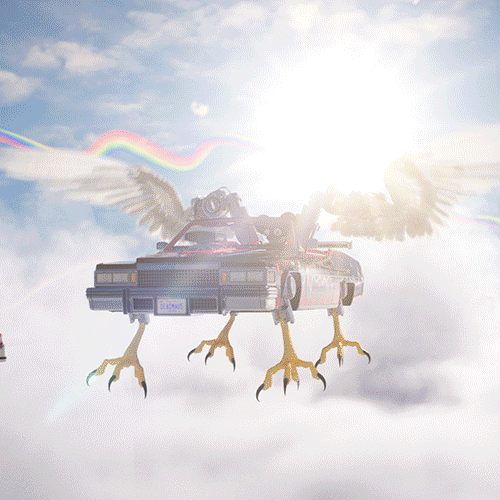
What kind of direction did you get from Joel and his label?
DenBoer: They really let me do what I wanted to. It’s a music video, so the narrative really didn’t have to make sense. I pitched a whole concept and went back and forth with Pharrell’s people for a month. They were supposed to be in the video, originally, but they decided they wanted to be portrayed as the planet, Neptune, which was great. We wanted to keep everything super chill and abstract with Neptune as the central destination. When I was through, I sent it to Joel and he was like ‘Awesome, ship it.’ He didn’t want any revisions, so I got to take a little time to go back and fix stuff that I wanted to fix.
I know you don’t like to storyboard everything. How do you map out storylines?
DenBoer: I despise working on projects where everything is done upfront: It’s like, okay, there’s no more fun to be had. When you keep things loose, you can be creative right up until the end. I knew what environments I wanted, and what the car transformations and transitions and things would be. Then I was able to just do things like go on TurboSquid and find a rubber duck I liked and throw it in there.
I also figured out that I would need to render 100 to 200 frames a day of something that happened in between environments. So then I got to spend every day adding more detail, which was really fun. I think it’s really important that I come from a remix background. I’m used to taking something and mixing it in music software. I still use that pipeline when I use C4D or anything else; you just build and build and build and then you’re like, ‘Oh I’m done.’
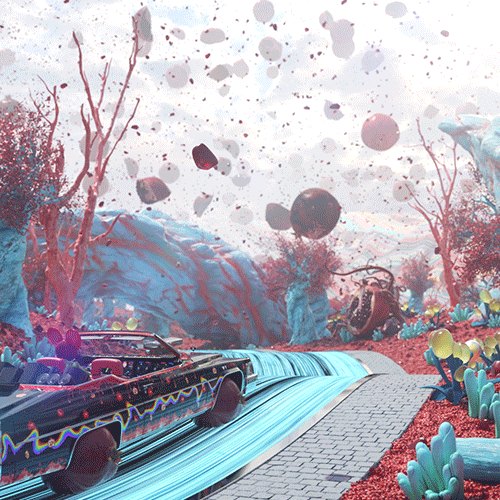
Why did you bring Davy Force and David Ariew on to help out?
DenBoer: I had less than two months to do this, so I asked David to do some environment design. Davy and I worked on The Chickening together and, for this, I asked him to work on several things. He helped me with the cars, and he also built the portal and did the animation and HUD design on the inside of Deadmau5’s Cadillac. I did all of the character design and reused the body to keep things easy.
Davy, can you give us some details about your process for Deadmau5’s car?
Force: For the interior of Deadmou5’s Cadillac, I combined pre-made models with custom models in Cinema 4D. Basically, I fully encrusted the interior of the car with knobs, buttons and HUDS, injecting a lot of color and sensory overload. I also animated about 15, or so, 2D-HUD displays in After Effects, which were deployed as texture maps. Next, I took the Deadmau5 character that Nick modeled and rigged, so I could animate and compose cameras for a bunch of close-up shots inside the car where the character pushes buttons and turns knobs that activate the animated HUD displays.
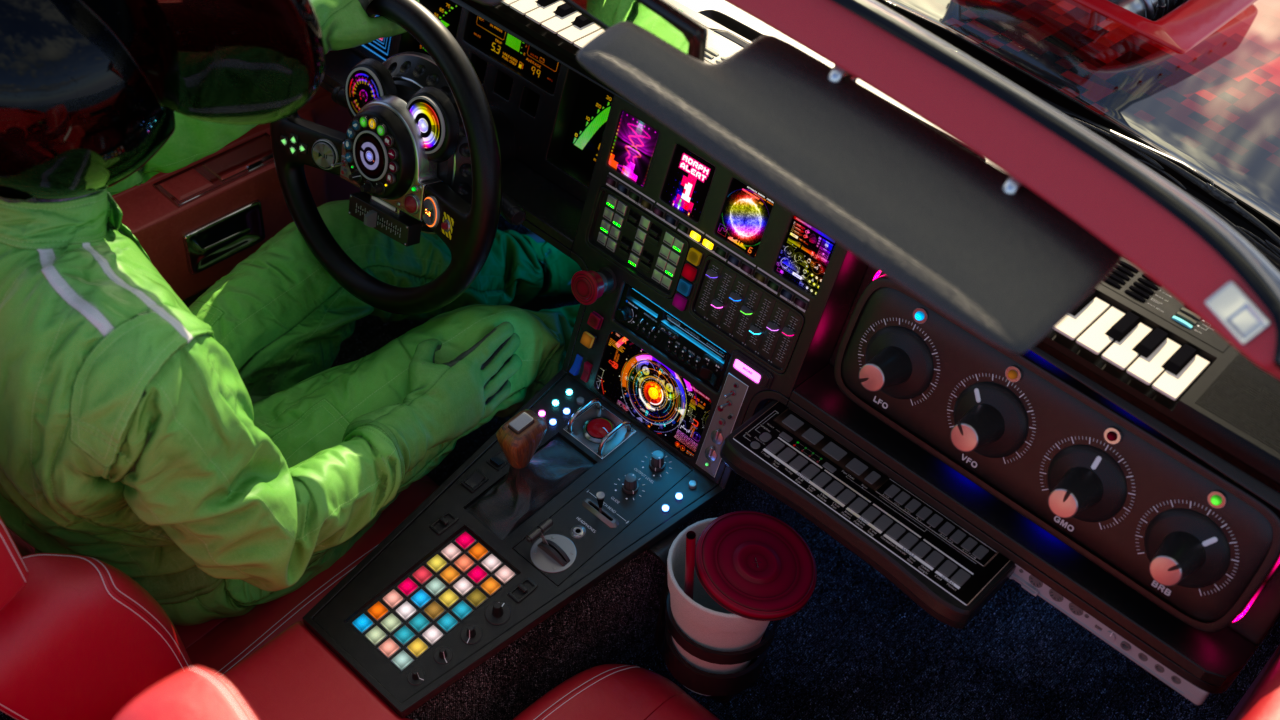
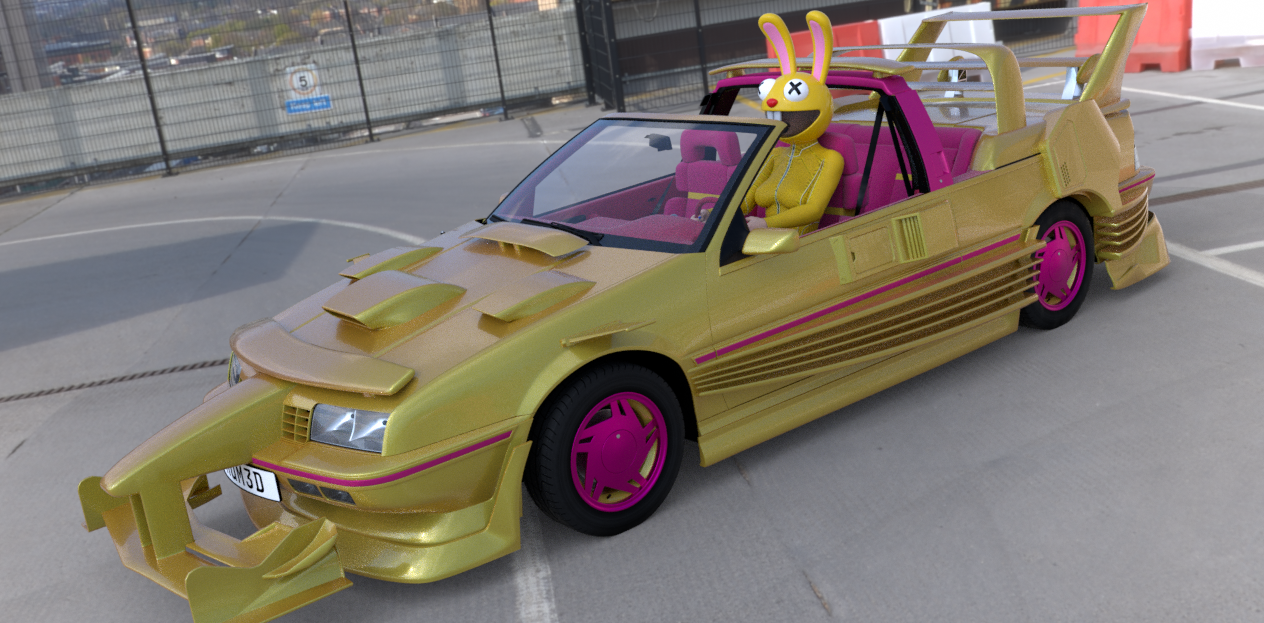
I’ve collaborated with Nick many times over the last 10 years or so. We both use the same digital tools and have similar interests and aesthetics, so it’s very easy for me to work with him. We’ve worked on many animated pieces for different clients, like DC shoes and KFC. We’ve also developed creative pitches together over the years. I love working with Nick. He’s a true creative and technical powerhouse, and you really have to step up your game to keep pace with his monstrous abilities, which helps me sharpen my skill set too.
David, what can you tell us about your contributions to the video?
Ariew: Nick was under an insane deadline with this video, so he wanted to parse out some of the work to his buddies. I had exactly five weekends to help out, and there were five different environments, so I did one every weekend. I started with the clouds, using the model of the McLaren car that I textured for the Deadmau5 Kart project several years ago. The alien landscape was really up to interpretation. Nick wanted to make the landscape feel even more alien than I had, so I searched TurboSquid for alien plants and found a bunch of great assets.
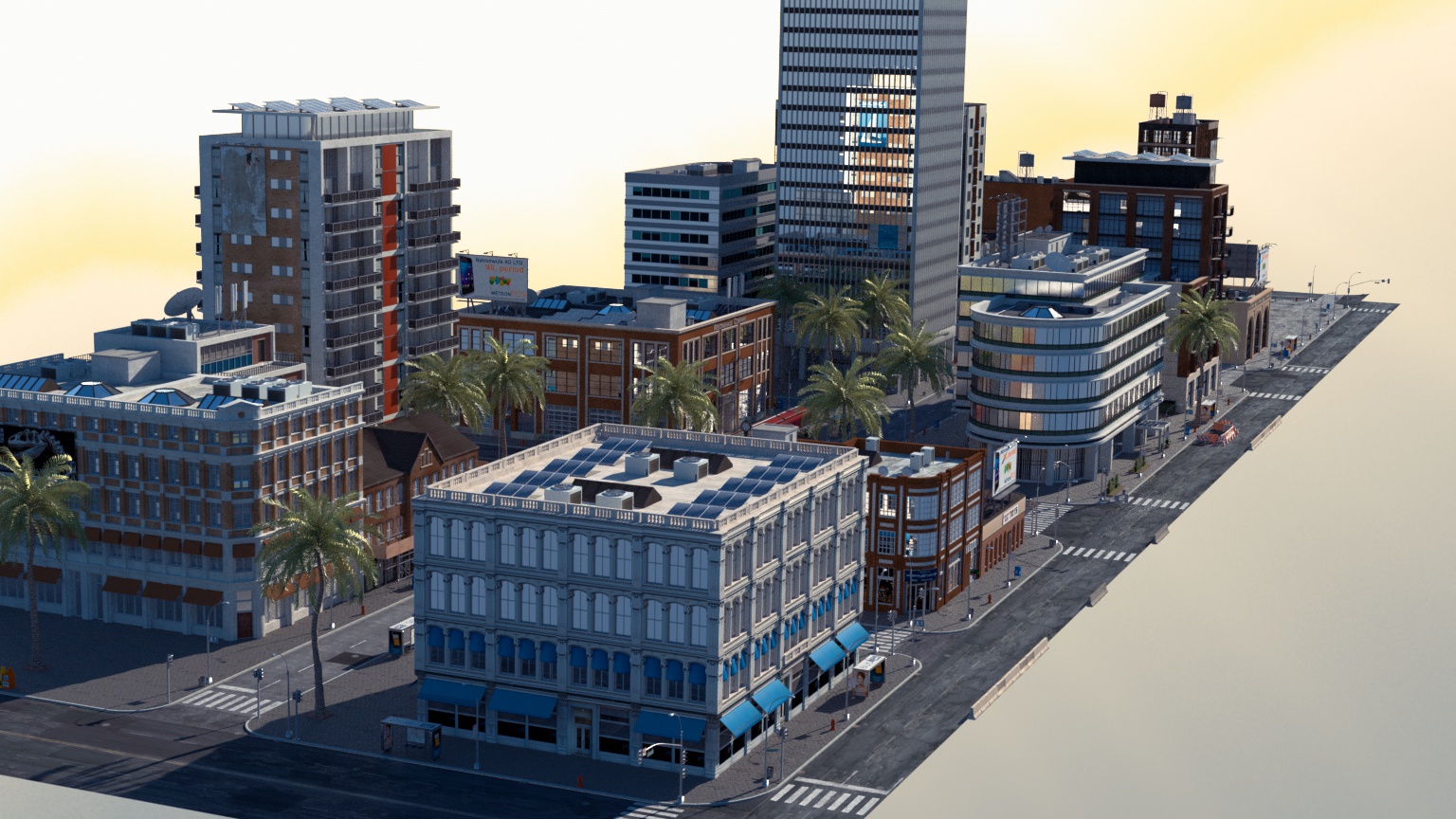
The trickiest environment was the Pacific Coast Highway scene where the music video begins. I used a model of a couple of blocks in New York City as a starting point, and I retextured everything in Octane. I also removed assets that gave the location away, like subway signs and stairs, and lightened up the texture on a bunch of buildings so they had a bit more of a beachy vibe. I replaced the asphalt and other models that were too low-poly and added in construction barricades and a curvy sidewalk with grass and palm trees. I wanted Nick to be able to shoot in any direction, so I duplicated the scene a couple of times in either direction to make sure it was long enough for him to do that.
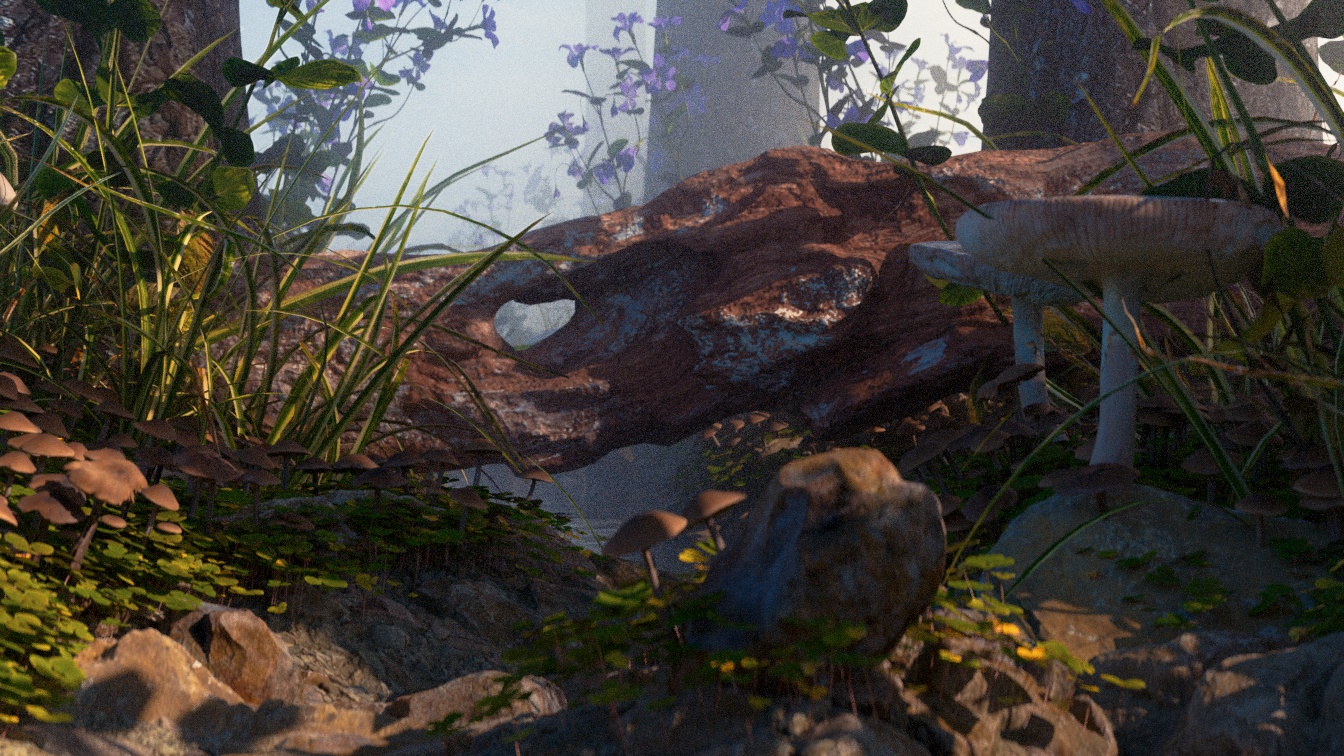
The macro scene was really an ode to Quixel Megascans. Megascans is great because, with just one click, I was able to import extremely detailed scans with Octane materials already set up using Quixel Bridge. I took all of these mushrooms, different flowers and grasses and scattered them across the riverbed, cutting off the height where they begin growing with a plain effector. I also put a few larger trees in the background and added an Octane fog volume to create that misty haze. Overall, this was the environment I was happiest with. Nick is a badass. And though his style is goofy madness, the amount of detail he packs into his work is insane. He’s so serious about the craft.
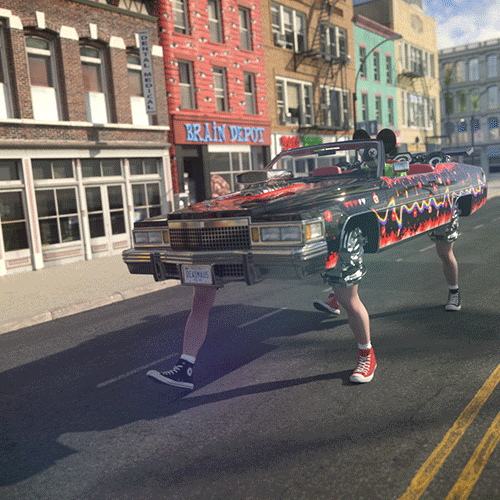
Nick, describe your character animation process.
DenBoer: I did some interesting things with this. Instead of using keyframes, I used Greyscalegorilla’s Signal plugin for C4D to make the character’s heads bounce around. It was cool to have things driven by wave signals. I put Signal tags on the characters’ joints to get them to bop around to the music. I like using Signal for everything now, especially musical projects because you get that bouncy flow and can lock it into the BPM.
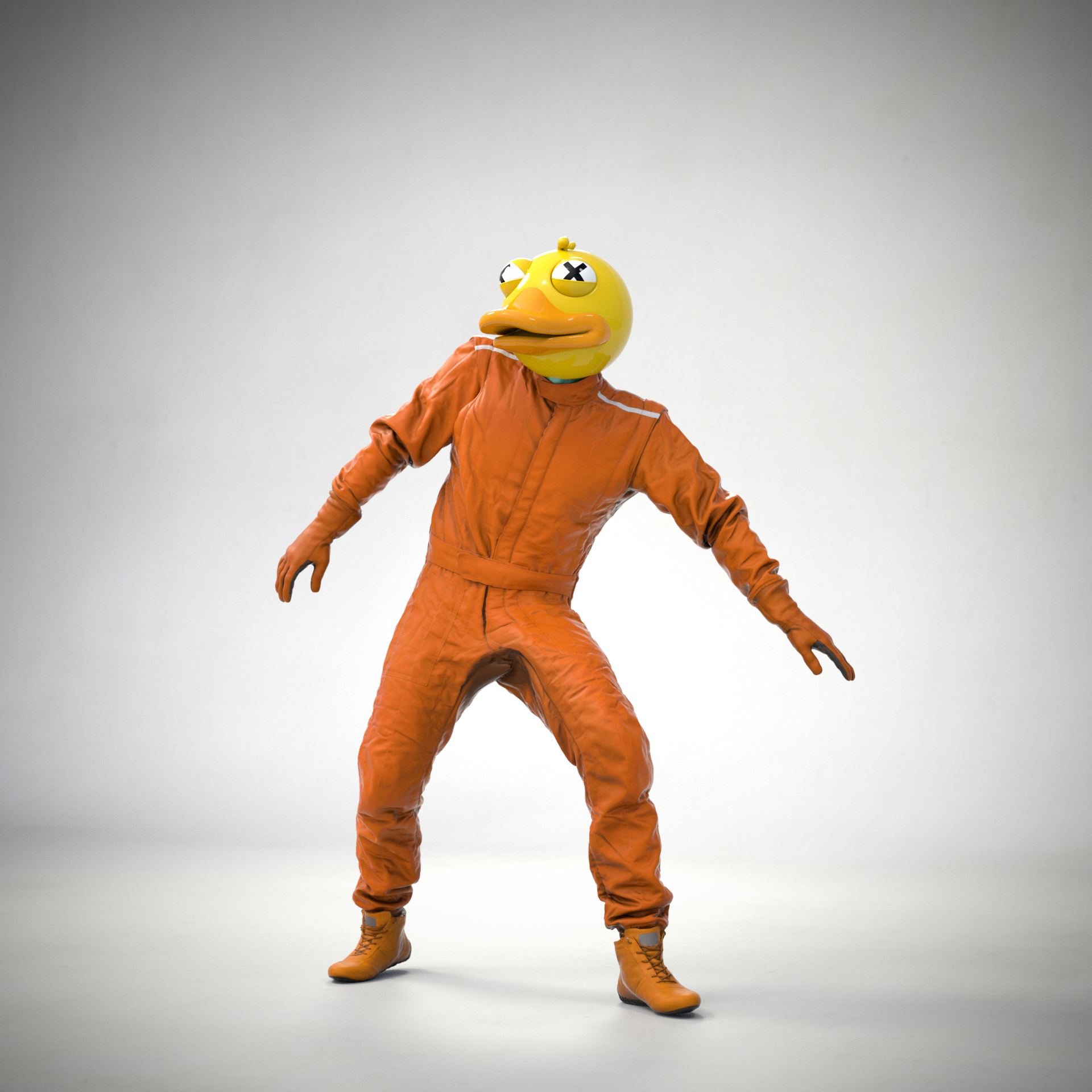
What are you doing now, or looking forward to doing in the future?
DenBoer: I really want to build my skills. I just started learning Houdini and ZBrush. I don’t use After Effects as much as I used to. Now I just want the C4D/Octane workflow. I keep getting cool commercial gigs that take me away from my personal work. What I’d really like to do is a feature film, something long-form. Sometimes I feel like my career just gets away from me, like whatever comes into my inbox I’m like ‘Okay, let’s do that!’ But I know that it’s good to take a break and drive to where you want to drive. I need to do more of that.
Credits:
Director/Producer/Editor: Nick DenBoer
3D Animation and Design: Nick DenBoer and Davy Force
Environment Design: David Ariew
Production Company: Generic Versatility
Meleah Maynard—US-based writer/editor.


